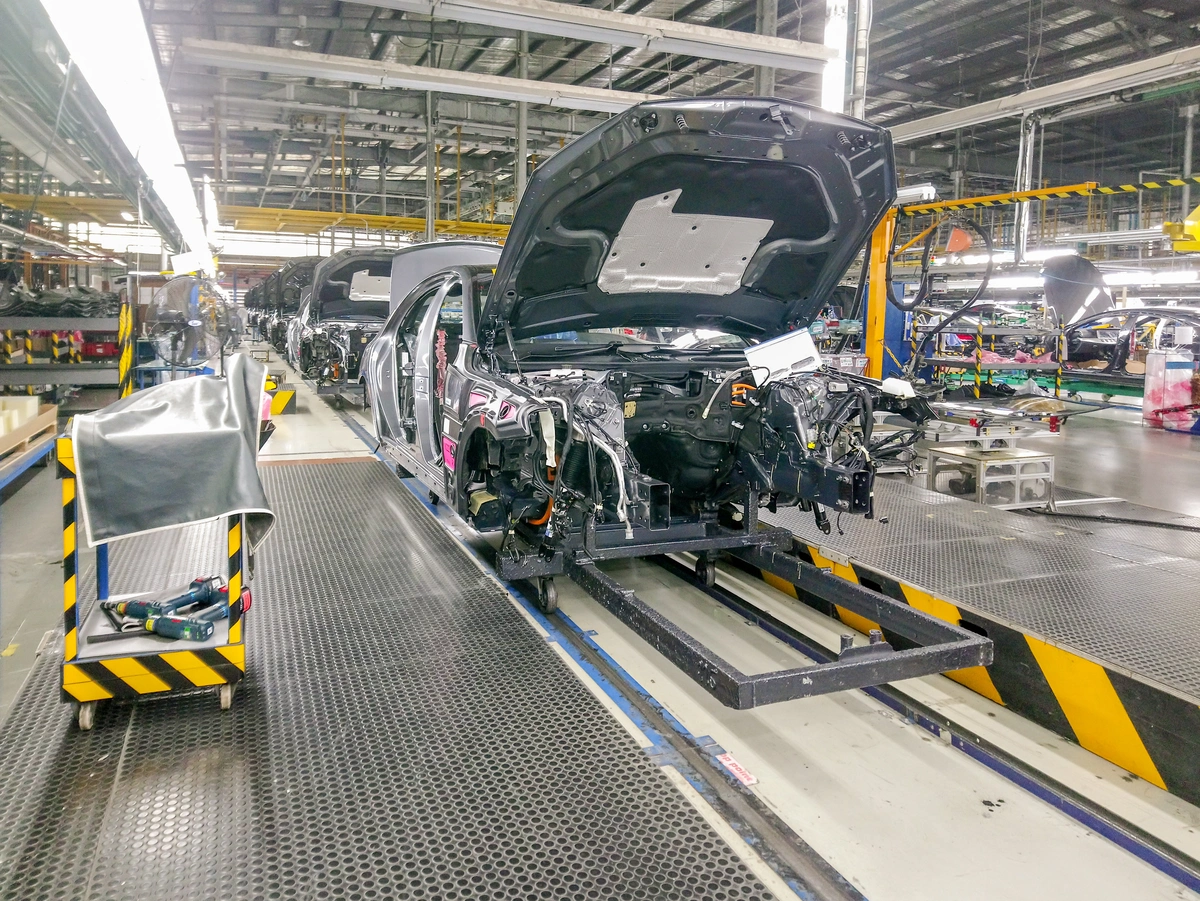This article was originally posted on www.timesunion.com.
When I served as deputy secretary for economic development for New York State, my heart raced as I stood outside a clean room at the Albany Nanotech Complex, watching the arrival of a piece of high-tech equipment to be placed in the facility, which has become the most advanced 300mm semiconductor R&D facility in North America.
What struck me most, however, was that although many of our partners were fierce competitors, they continue to collaborate to drive innovation in an industry that has become foundational to our economy, our national security and every aspect of our lives.
Fast forward to today. Industry leaders in New York are making more than $100 billion in private investment, leveraging historic funding under the CHIPS and Science Act. GlobalFoundries is expanding its existing fab and constructing a new fab that will triple its production capacity over the next 10 years. Micron is making the single largest private investment in New York’s history, which will result in the nation’s largest clean room and leading-edge memory site. Gov. Kathy Hochul’s New York Green CHIPS Community Investment Fund will accelerate transformative community and workforce development. And New York’s 300 colleges and universities — including SUNY Polytechnic, Rensselaer Polytechnic Institute, and the College of Nanotechnology, Science and Engineering — will fuel these investments.
The bottom line is this: The Capital Region is the best location for the first National Semiconductor Technology Center, a public-private consortium that will be the centerpiece of the CHIPS R&D program. The region has already led the way and is poised to continue its groundbreaking efforts.
Still, we must recognize moving forward that our most daunting challenge is to ensure no community is left behind.
Hundreds of thousands of young people, workers in transition from other industries, and veterans in every rural and urban community can have amazing career pathways in the industry – if they have structural support. Our growth must include child care, housing and transportation infrastructure, along with innovative workforce training.
Fortunately, the CHIPS Act recognizes this need, calling for increasing the “size, diversity, capability and flexibility of the STEM workforce” in order to achieve our national security and economic goals.
The work is daunting indeed. New York can and must lead nationally in restoring trust that has been lost from broken promises and past disinvestment. But community engagement and investment are the key to supporting, teaching and training the next generation of STEM workers and leaders. And the state must take the lead. As Amanda Gorman wrote in “The Hill We Climb,” “For while we have our eyes on the future, history has its eyes on us.”




